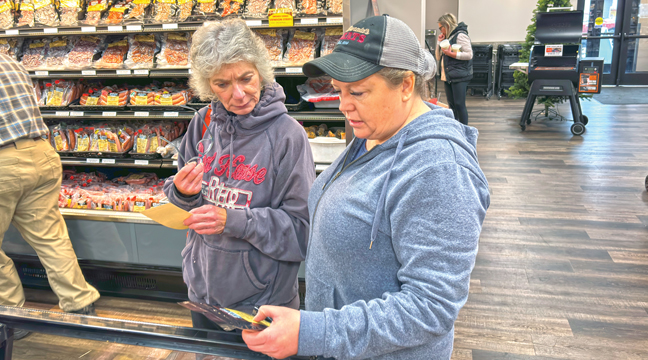The Minnesota firearms deer hunting season kicks off this weekend (November 9-17), albeit a bit later than the historic starting date for the popular outdoor activity.
In most of Sherburne County (deer permit area 223), a strong deer herd means hunters should see plenty of animals. The MN DNR has assigned a three deer limit for hunters in this area (excluding the Sherburne National Wildlife Refuge - permit area 224 - which has a two deer limit), although hunters should always check the official regulations for specifics.
What effect the late start to the season will have on the deer harvest is up for speculation, but the true indicator will be in the post-season harvest data released by the DNR.
A year ago, 2,249 deer were harvested in area 223, while another 221 were taken in 224.
One of the benefits of the later season is that many farmers have had a dry fall season and another week to remove their crops from the fields, removing a popular hiding spot for deer.
Area 223 has 15 total square miles of lands open to public hunting, including State Wildlife Management Areas and State Forests.
According to DNR statistics from a year ago, 39% of firearms hunters successfully harvested a deer, while the same area averaged 10 hunters per square mile.
Over the last five years, DNR data shows that approximately six deer have been harvested each season per square mile.
Another indicator pointing to a successful hunt this year is a very low Winter Severity Index (WSI) from last year, meaning it was likely that many more deer survived and have contributed to the strong herd estimates.
Last year, the DNR set a goal to reduce the deer population by 25% in this area.
CWD
Chronic Wasting Disease has been a hot topic in the past few years, as the disease continues to takes root in Minnesota. CWD is a deadly, neurological illness that affects deer, elk, moose, and other members of the Cervidae family.
Positive cases of the disease have been reported in several areas in Minnesota, with concentrations being found in both the Northern and Southeastern portions of the state.
Local hunters have a few options when it comes to getting their deer tested for CWD, including a limited number of free mail-in kits from the MN DNR. The sampling kits can be requested online or picked up at a local wildlife office, and samples must be postmarked within 72 hours of animal harvest. The process includes collecting a lymph node from the deer, and the DNR has created an instructional video to help hunters with the process.
Several Universities, including the University of Minnesota, also provide kits but come with a fee. For the U of MN, there is a $53 fee and it is an additional $40 if the entire head of the deer is submitted. The turnaround time on these tests is about two weeks.
Many taxidermists also participate in a CWD testing program and can provide assistance to hunters who are interested in getting their animal tested.
Best of luck to Patriot readers who will participate in the MN firearms deer hunting season. Remember to use safety harnesses in conjunction with tree stands and always practice the five hallmarks of gun safety when hunting.







